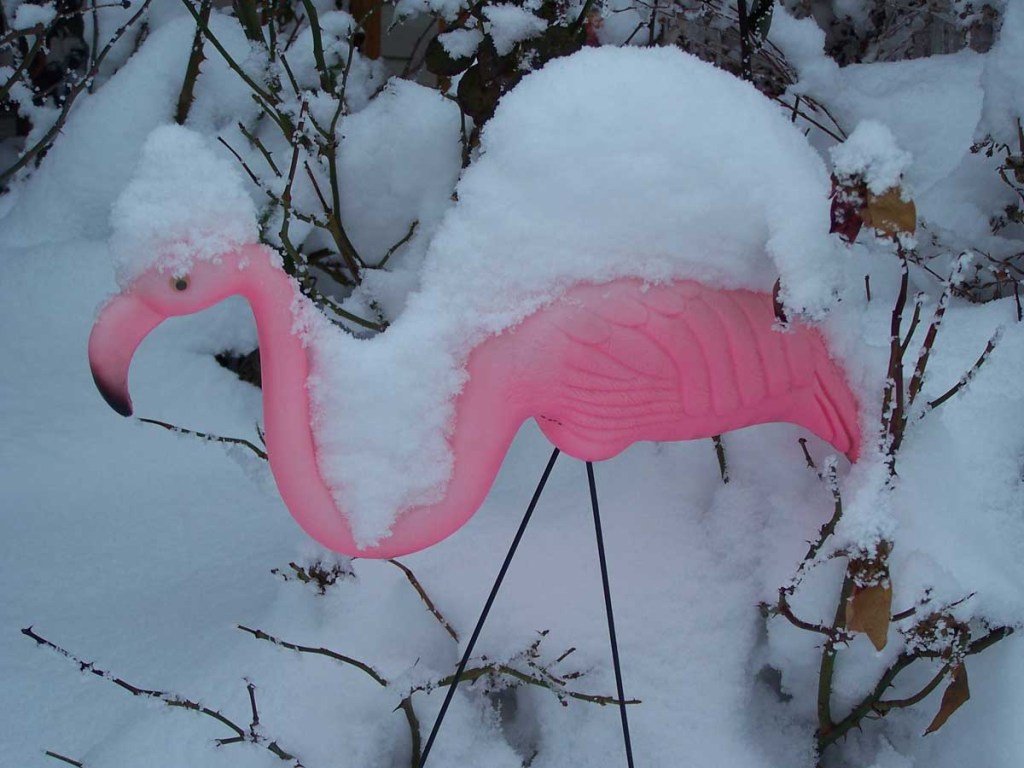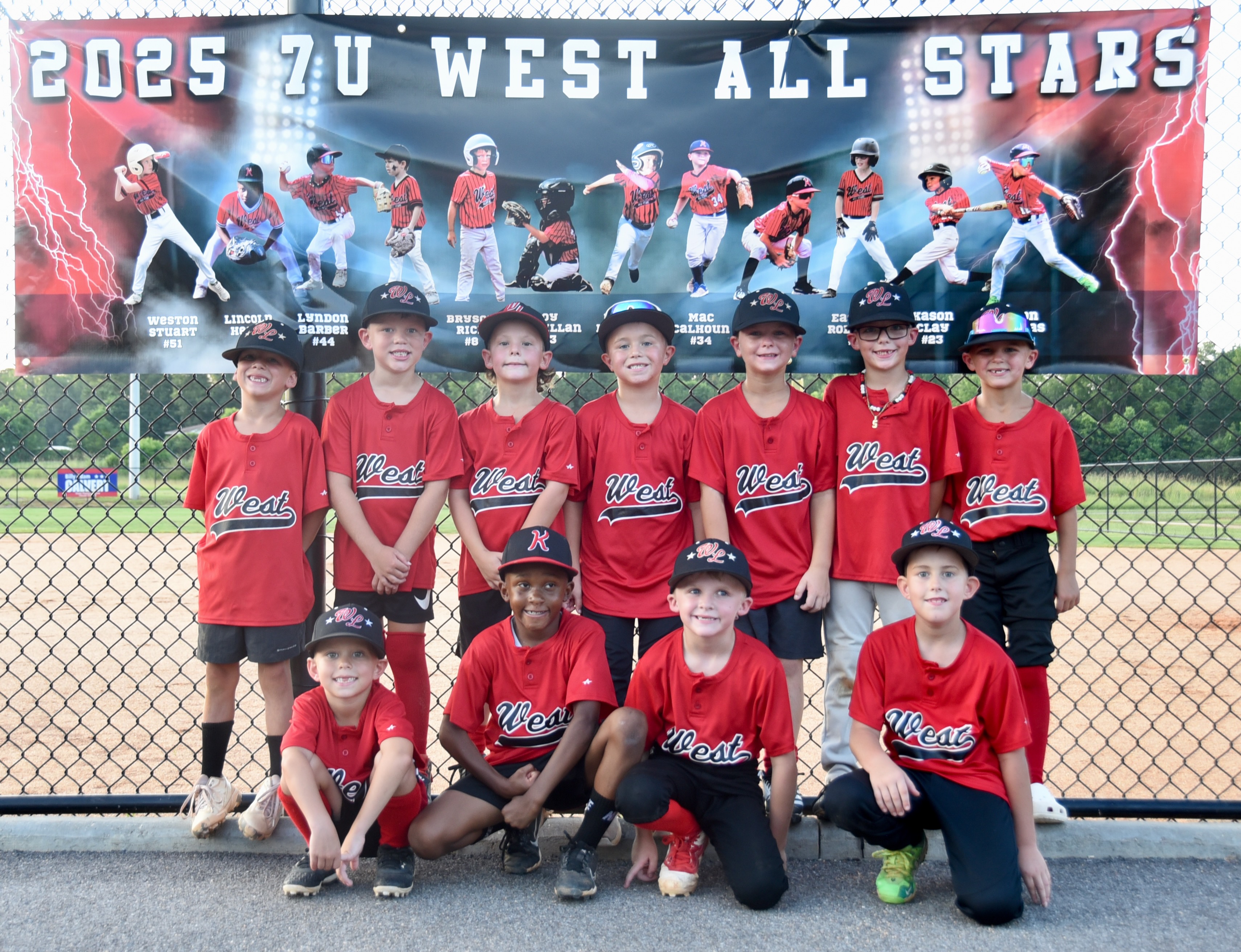The pink flamingo was a feather in artist’s cap
Published 6:30 am Wednesday, June 24, 2015

- Tropical birds no matter the climate.
Donald Featherstone, an artist widely recognized as the creator of the plastic pink flamingo, the lawn ornament that in nearly six decades of ubiquity became one of the most popular and most disdained artifacts of suburban American life, died June 22 in Fitchburg, Massachusetts. He was 79.
The cause was Lewy body disease, said his wife, Nancy Featherstone.
Trending
Featherstone was turning 21, a recent hire at Union Products in Leominster, Massachusetts, when the company introduced the product that would install him in the annals of lawn and garden statuary. It was a pair of pink flamingos, one regally upright and the other gracefully bowed, first sculpted by Featherstone in clay and then rendered in a cheap, newfangled material called plastic.
More than 20 million of the birds reportedly have been sold since their debut in 1957. Prevailing tastes have evolved – to many eyes, the avian figures that once seemed fashionable became tacky and then kitsch – but the flamingos remained the same, immutable with their sinuous necks and ramrod-straight wire legs.
Featherstone’s birds were not the only creatures that populated the great outdoors, or patches thereof, dotting the bedroom communities that sprang up across the United States after World War II. Other greensward dwellers included gnomes and ducks. But the flamingos had flair.
“We always said plastic brought poor taste to the poor people,” Featherstone said on National Public Radio in 2006, contrasting his creation with the bronze deer and other alloyed fauna once displayed by the elite on their estates. “You can pick it up, swing it under your arm and take it home and stick it out for less than ten bucks and have tropical elegance.”
When the flamingos were designed, pink had found intense if temporary popularity as a hue for refrigerators and other tools of comfortable domestic life. Florida, a place evoked by the chosen species of bird, beckoned to Americans with newly found disposable income.
“Few imagined the evolutionary cusp on which the civilized world teetered in 1957, when the threat of an atomic holocaust” hung in the air, read the introduction to Featherstone’s book “The Original Pink Flamingos: Splendor on the Grass” (1999), co-written by Tom Herzing. “Unknown to all but a few, in that fateful hour was born an entirely new avian species” – termed Phoenicopterus ruber plasticus.
Trending
“Place in garden, lawn, to beautify landscape,” read the 1957 Sears catalogue advertising a pair for $2.76.
Advantages of the product included its minimal maintenance needs and its ability to provide color in lawns where flowers, for reasons of climate or neglect, had failed. Disadvantages, to those who perceived them, boiled down to the existential problem of a flamingo made from plastic and planted in the dirt where snow may or may not fall.
Featherstone dismissed the critics – including members of many homeowner associations – who failed to see the beauty in his ornaments.
“They only look tacky when people do tacky things,” Featherstone once told The Washington Post, “like put out a tractor tire and paint it red, white and blue and put petunias in it surrounded by 15 flamingos. If it’s done in good taste, it’s as nice as anything else.”
He remarked that a flamingo “would look elegant in front of the White House.”
Featherstone was born Jan. 25, 1936, in Worcester, Massachusetts. He received training at the school of the Worcester Art Museum.
When he was hired at Union Products, according to news accounts, the company produced two-dimensional figures of animals. Featherstone was tasked with building three-dimensional versions.
Barnyard species such as ducks and cows were easy enough to make, with live models readily available. Flamingos, which do not live in abundance in Massachusetts, were harder to come by, so Featherstone worked from photographs in National Geographic.
For many years, the plastic flamingos bore Featherstone’s signature on their derriere to distinguish genuine specimens from knock-offs – “just like Calvin Klein did his jeans,” Featherstone explained.
Featherstone designed hundreds of figures, including animals, Santas and snowmen, during his career at Union Products, where he rose to president and co-owner. Some time after his retirement in 2000, the company removed his signature from the birds.
Featherstone compared the decision to the removal of Norman Rockwell’s signature from one of the artist’s paintings. A complaint also was lodged by Marc Abrahams, described as the father and master of ceremonies of the Ig Nobel Prize ceremonies at Harvard University, honoring “achievements that make people laugh, and then think.” Featherstone was a recipient.
The Union Products operation in Leominster closed in 2006 and was sold. Today the flamingos – with Featherstone’s signature – are manufactured by a division of the Cado Company in Fitchburg, also called Union Products. A flamingo in the 2011 animated feature “Gnomeo and Juliet,” basked on the Shakespeare tragedy, was named Featherstone.
Outside the lawn ornament industry, Featherstone gained attention for his sartorial habits. He and his wife of nearly 39 years, the former Nancy Santino of Fitchburg, reportedly wore matching outfits every day for more than three decades.
He was previously married to the former Alice Menard, according to an online death notice for her. Besides his wife, survivors include two children from his previous marriage, Judith Nelson and Harold Featherstone, both of Leominster; four granddaughters; and two great-grandchildren.
Featherstone acknowledged that, if his plastic flamingos were discovered in the far-distant future during excavations of suburbia, they would “keep archaeologists guessing.” In the meantime, the figures might be appreciated as relics of a simpler time.
“A good lawn ornament is anything you like,” Featherstone once told an interviewer. “The people who use lawn ornaments are typically friendly because they’re decorating the outside of their house for someone else.”





